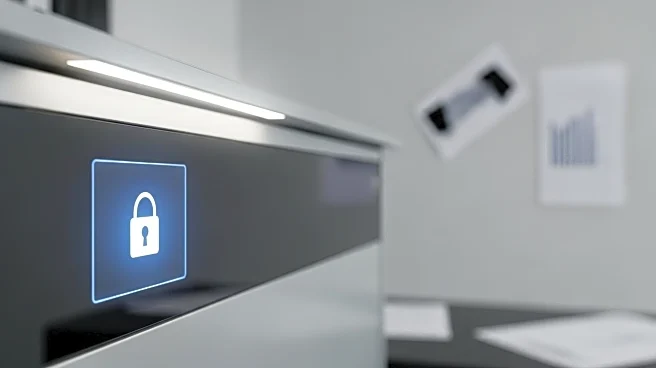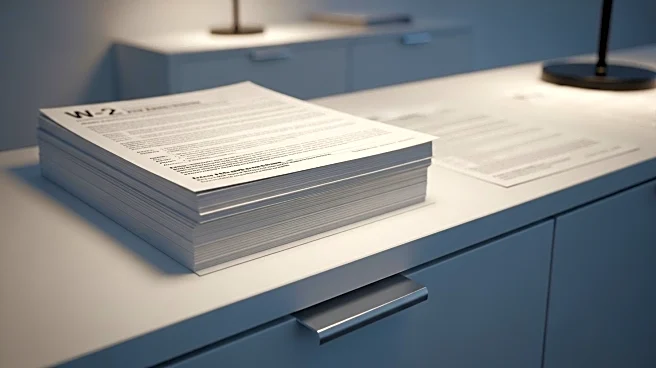What's Happening?
The IRS has introduced new guidelines for W-2 filing as part of the One Big Beautiful Bill Act (OBBBA) for the year 2025. These updates aim to streamline the W-2 process, improve accuracy, and help businesses avoid penalties associated with common errors. The guidelines emphasize the importance of adapting to evolving regulatory demands and implementing efficient methods for managing employee inquiries related to W-2 forms. The IRS is focusing on eliminating inefficiencies and increasing accuracy in year-end tax reporting requirements. The updates are designed to assist businesses in staying compliant with changing regulations and to provide techniques for automating and verifying employee data for precise reporting.
Why It's Important?
The updated W-2 filing guidelines are crucial for businesses as they navigate complex tax compliance requirements. By adhering to these new standards, companies can reduce the risk of incurring penalties due to reporting errors. The emphasis on streamlining processes and automating data management is expected to save time and resources, allowing businesses to focus on other operational priorities. These changes also aim to enhance communication with employees regarding their W-2 forms, potentially reducing confusion and inquiries. Overall, the guidelines are set to improve the efficiency of tax reporting and compliance, benefiting both employers and employees.
What's Next?
Businesses will need to familiarize themselves with the new IRS guidelines and implement the recommended strategies to ensure compliance. This may involve training staff on the updated processes and investing in tools that facilitate accurate data management and reporting. Companies should also prepare to address employee questions and concerns about W-2 changes proactively. As the year-end approaches, businesses will need to review their current practices and make necessary adjustments to align with the new requirements. The IRS may continue to provide additional resources and support to assist businesses in adapting to these changes.
Beyond the Headlines
The introduction of these guidelines reflects a broader trend towards digital transformation in tax reporting and compliance. As businesses increasingly rely on technology to manage their operations, the IRS's focus on automation and efficiency aligns with industry shifts towards more streamlined and accurate processes. This move may also encourage further innovation in tax software solutions, offering businesses new tools to enhance their compliance efforts. Additionally, the emphasis on clear communication with employees highlights the importance of transparency in financial matters, which can foster trust and improve workplace relations.










